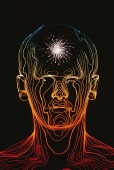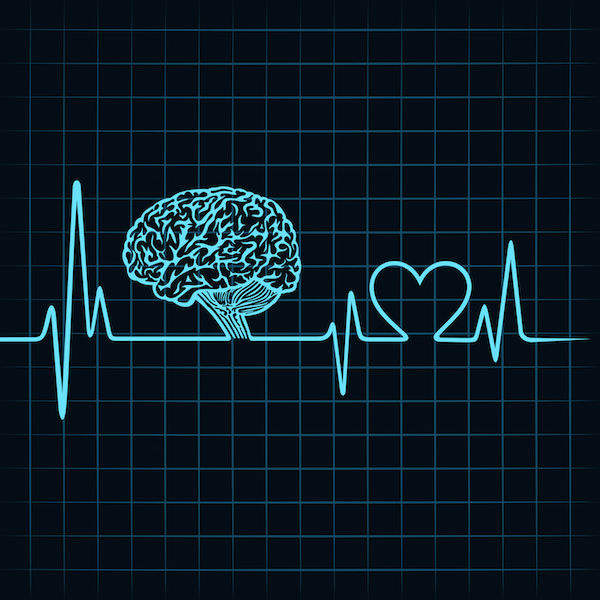
THURSDAY, Jan. 20 (HealthDay News) — In a finding that suggests your brain changes once you become an expert at something, Japanese researchers report that years of daily practice appear to have rewired the brains of professional shogi players.
Neuroscientists at the RIKEN Brain Science Institute in Wako, Japan, studied a group of professional and amateur shogi players. Shogi is the Japanese version of chess. With the use of real-time brain scans, the researchers discovered that the pros activated different parts of their brains than the amateurs did while studying game patterns and contemplating their next moves.
The findings were published in the Jan. 21 issue of Science.
Senior study author Keiji Tanaka, deputy director of the institute and head of the Cognitive Brain Mapping Laboratory, said the experts’ unique brain circuitry enabled them to have “superior intuitive problem-solving capabilities.”
Professional shogi players, who have practiced three or four hours a day for several years, “repeatedly note that the best next move comes to their mind ‘intuitively,'” the authors wrote. “Being ‘intuitive’ indicates that the idea for a move is generated quickly and automatically without conscious search, and the process is mostly implicit.”
“We assume that the players have developed the unique way to use brain circuitry through more than 10 years of deliberative training, but we have no data of brain activity in those people before they started the training,” said Tanaka.
Tanaka and his colleagues studied 11 professional players and 17 amateurs, and identified two brain activations that were specific to the pros. First, both groups of players were shown different shogi board patterns as well as other scenes, but only the experts showed activation in a portion of the parietal lobe known as the precuneus. The other brain difference occurred when the players were forced to quickly pick their next best move. The professionals’ brain scans revealed activity in a portion of the basal ganglion known as the caudate nucleus, while the amateurs’ scans did not.
The researchers suggest that a unique circuit between these two regions of the brain is what enables professional players to expertly recognize board game patterns and quickly choose their optimal next move.
“There was no volume difference of the caudate nucleus between professional and amateur players,” said Tanaka. This suggests that “the caudate nucleus is used for other purposes in ordinary people [but] the experts have developed a unique way to use the system.”
Paul Sanberg, distinguished professor of neurosurgery and director of the University of South Florida Center of Excellence for Aging and Brain Repair in Tampa, said the findings were intriguing, and noted that these same changes in brain circuitry might explain why people who repeatedly play other kinds of games, such as computer games, get better and better the more they play.
“If you repeatedly practice any type of game that involves anticipating moves, and get so good at it that your responses are almost automatic, it might be due to a natural function of the brain,” said Sanberg.
Sanberg added that the research might also have important implications for future medical treatments. “If you look at the areas of the brains that showed specific activity in the professional game players, these are the same regions that are involved in certain diseases, such as Parkinson’s,” he noted.
“Anything that adds to our understanding about what these parts of the brain can do is important, and the hope is that we may be able to develop potential treatments to increase the activity in these areas if they’re injured,” Sanberg said.
More information
Here’s more on how to play shogi.

